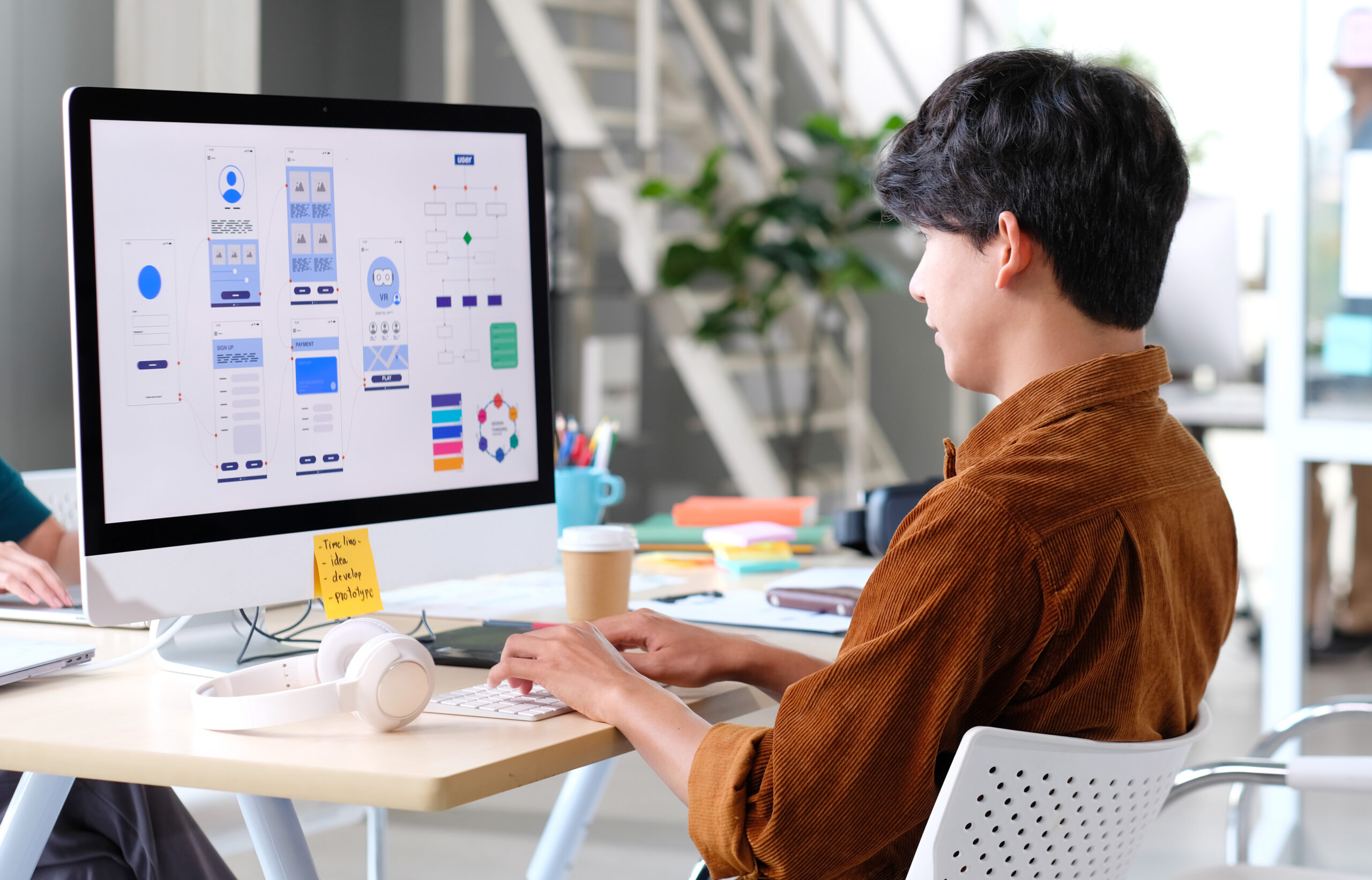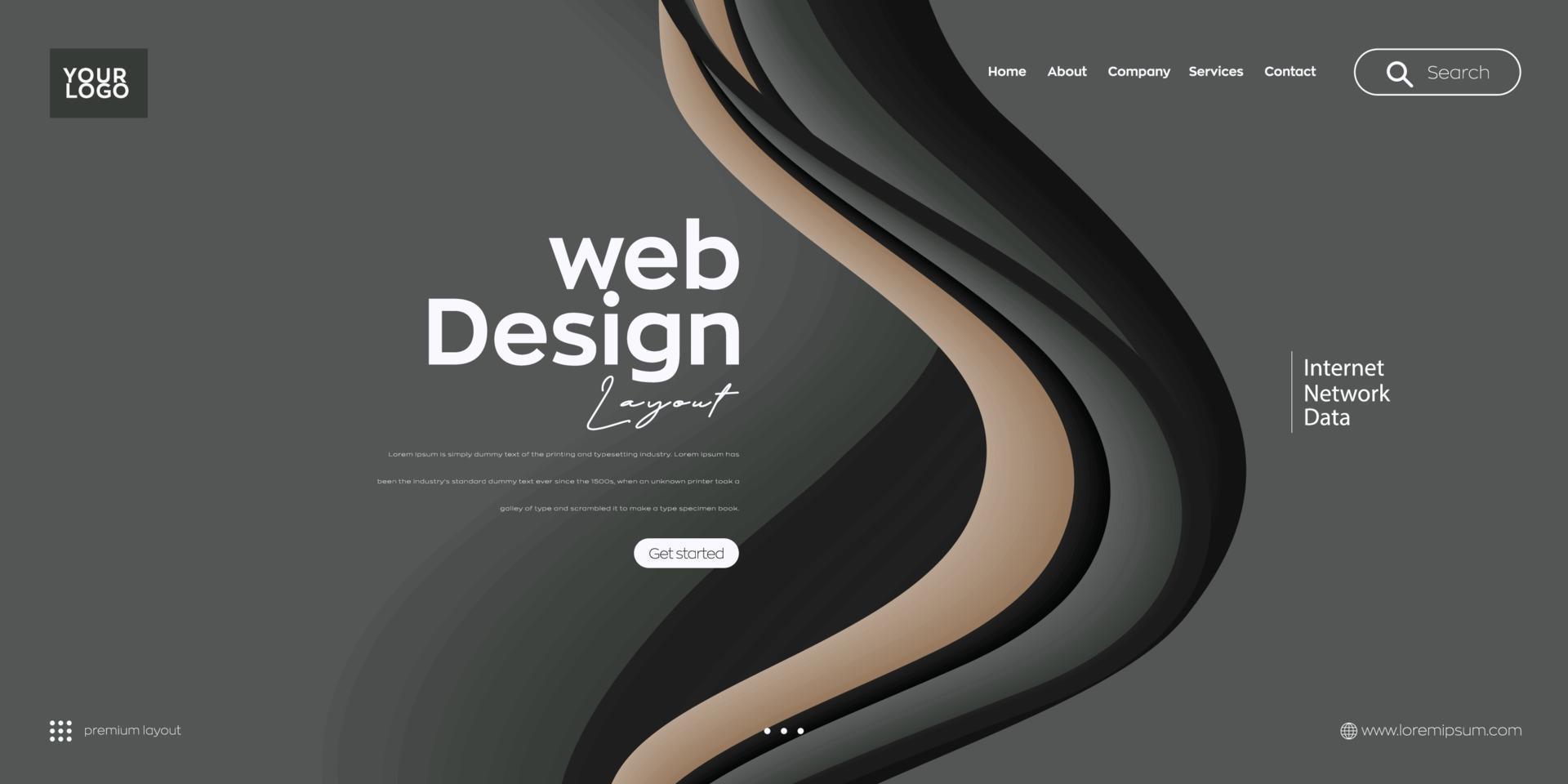The Very Best Types of Web Layout to Boost User Experience and Involvement
In the ever-evolving landscape of electronic communication, the performance of Web style dramatically influences individual experience and interaction. Various design techniques, such as minimal, responsive, and interactive formats, each offer special benefits that can cater to diverse individual requirements.
Minimalist Web Layout
As electronic landscapes become increasingly chaotic, minimalist Web design has actually emerged as a powerful method to boosting customer experience. This style viewpoint focuses on simpleness, concentrating on important aspects while removing unneeded interruptions. By utilizing enough white room, uncomplicated navigation, and a restricted color combination, minimal design cultivates clearness and guides user attention to key material.
The core concept of minimalist Web design is to produce a smooth communication for users. By decreasing cognitive tons, individuals can swiftly understand information without feeling bewildered. This straight approach not only enhances use yet additionally motivates engagement, as site visitors are more probable to check out a site that is aesthetically attractive and simple to browse.
Additionally, minimalist style commonly emphasizes typography and imagery, making use of these aspects strategically to communicate messages efficiently. This concentrate on important components can improve brand name identity and create an unforgettable customer experience. In significance, minimalist website design is not just a fad; it is a thoughtful technique that identifies the importance of user-centered style. By stripping away nonessential aspects, designers can develop a much more engaging, efficient, and enjoyable Web experience for all customers.
Receptive Web Layout
In today's varied digital setting, responsive website design has actually ended up being important for developing a seamless customer experience across a wide variety of tools. As users accessibility sites on mobile phones, desktop computers, tablets, and laptops, the capability of a web site to adapt its design and web content to different display sizes and resolutions is essential.
Receptive website design uses flexible grids, photos, and CSS media queries to guarantee that Web content is presented efficiently, regardless of the device utilized. This strategy not just enhances the aesthetic allure of a website but also substantially boosts use. Individuals are much more likely to involve with a website that provides a constant experience, as it gets rid of the irritation of needing to zoom in or scroll exceedingly.
Additionally, internet search engine, including Google, focus on mobile-friendly internet sites in search rankings. By embracing receptive design, services can boost their presence and get to a wider target market. This strategy also streamlines internet site maintenance, as a solitary variation of the website can deal with all gadgets, reducing the need for numerous variations. In recap, responsive Web layout is a basic technique that improves user experience, involvement, and general fulfillment.
Interactive Website Design
Responsive Web design lays the foundation for enhancing customer experience, but interactive Web layout takes this an action better by involving customers in a more vibrant means - Aligned Position Web Design. By integrating elements such as computer animations, clickable models, and real-time feedback, interactive website design mesmerizes customers, attracting them into a richer browsing experience
This strategy not only fosters interaction yet additionally motivates individuals to check out material actively as opposed to passively eating it. Strategies such as gamification, where users make benefits for completing tasks, can dramatically improve the time invested on a website and improve general contentment. Interactive functions can streamline complicated details, making it a lot more pleasurable and absorbable.

Integrating interactive layout aspects can likewise bring about greater conversion rates, as customers are most likely to engage with a website that actively involves them. Aligned Position Web Design. Inevitably, interactive Web design changes individual experiences into remarkable journeys, making sure that visitors return time after time
Flat Style
Identified by its minimalistic technique, level design highlights simplicity and capability, removing unnecessary elements and concentrating on vital attributes. This design ideology focuses on use, making sure that customers can browse interfaces effortlessly and performance. By utilizing a clean aesthetic, flat style gets rid of the clutter commonly discovered in a lot more luxuriant designs, thus boosting customer concentrate on web content and performance.
The trademark of flat design hinges on its use of vibrant shades, basic typography, and geometric forms. These components add to an aesthetically appealing interface that is both friendly and contemporary. Furthermore, flat design promotes a feeling of quality, allowing users to determine vital actions and info without interruption.
In addition, level style is particularly effective in receptive Web design, as its simpleness equates well across different tools and display dimensions. By focusing on important functions, level layout not just satisfies user requirements but also encourages smooth interaction, making it a crucial component of effective Web layout methods.
Adaptive Web Layout
Adaptive website design tailors the user experience by developing multiple repaired designs tailored to different screen sizes and tools. Unlike receptive style, which fluidly adjusts a solitary format, flexible layout uses unique designs for details breakpoints, ensuring ideal discussion on numerous systems. This strategy enables designers to concentrate on the special look at these guys attributes of each device, enhancing functionality by supplying exactly what customers need based on their context.
One of the primary advantages of adaptive website design is its ability to maximize load times and performance. By serving customized content and photos that fit the user's tool, websites can lessen information usage and enhance loading speeds. This is especially advantageous for customers with slower connections or limited data strategies.

Furthermore, adaptive style facilitates a more regulated and consistent branding experience. Because developers create numerous designs, they can make certain that the visual elements line up with the brand name's identification throughout different platforms - Aligned Position Web Design. This results in a natural individual experience, improving involvement and advertising individual retention
Conclusion
To conclude, the assimilation of minimal, responsive, and go right here interactive website design principles significantly enhances user experience and involvement. Minimalist layout promotes clearness and emphasis, while responsive design makes certain versatility throughout numerous gadgets, advertising availability. Interactive layout astounds individuals through vibrant elements, motivating expedition and customization. Jointly, these design comes close to contribute to the production of easy to use settings that not only boost satisfaction yet likewise drive higher conversion rates, highlighting their vital relevance in contemporary Web layout techniques.

Minimal style fosters clearness and focus, while responsive style makes sure flexibility throughout numerous tools, promoting ease of access. Collectively, these layout comes close to contribute to the creation of user-friendly atmospheres that not only improve fulfillment however likewise drive greater conversion rates, highlighting their important value in modern Web design strategies.
Comments on “Aligned Position Web Design: Perfectly Designed Websites to Capture Your Audience’s Attention”